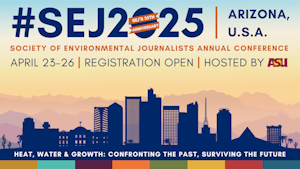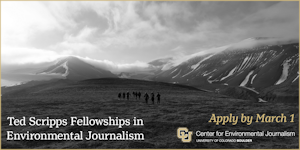"40 years ago, a small crew of filmmakers set out to document some of the more pressing issues involving wildlife in America. They made eight half-hour films around the country–it ended up being the first environmental tv series in the US. Shot in 1969, the issues weren’t new, but hadn’t been handled much yet on television–the medium had yet to embrace the environmental movement.
‘Our Vanishing Wilderness’ was a landmark program for National Educational Television and public broadcasting (pre-PBS). The material in it pre-dates the first Earth Day, but definitely reflects the nation’s growing interest at the time in pollution and environmental issues.
Some of the material is dated, and often speculative. The series has an obvious bias, but it’s simultaneously quaint and incisive, and particularly of its era. The footage of animals in the wild is spectacular; the tone of the program unflinching. It was a necessary step in the development of environmental media, and it took another few decades for the next tv series on the issues to arrive.
‘Our Vanishing Wilderness’ started as a book. Created by husband and wife team Shelly Grossman, nature photographer, and Mary Louise Grossman, nature writer, it was a kind of hybrid: part environmental report, part natural history, and part nature photography coffee table book. "
Episode may be purchased via iTunes.
Rebroadcast: "Our Vanishing Wilderness"
Source: Thirteen, 05/14/2009













 Advertisement
Advertisement 



